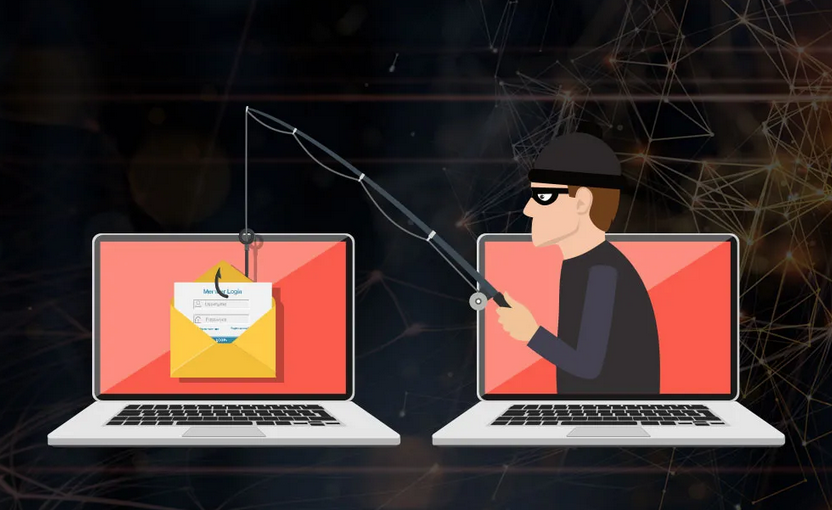In today’s digital age, the internet has become a vital part of our daily lives. From online shopping to banking, we rely heavily on the internet for a myriad of tasks. However, with this convenience comes a plethora of risks, one of the most prominent being phishing scams.
Phishing is a deceptive technique employed by cybercriminals to trick individuals into divulging sensitive information, such as passwords or credit card details. These scams often manifest in the form of seemingly legitimate emails or messages that prompt the recipient to click on a link or download an attachment. Once the unsuspecting individual interacts with these malicious elements, their personal and financial information becomes vulnerable to theft.
The term “phishing” is believed to have originated in the mid-1990s, drawing parallels with the act of fishing, where bait is used to lure and catch fish. In the context of cybercrime, the bait is usually a deceptive message, and the fish are the unsuspecting victims. Over the years, phishing attacks have evolved in sophistication, with attackers often replicating the exact look and feel of legitimate websites to deceive their targets.
There are various types of phishing scams, each with its unique approach:
- Email Phishing: This is the most common form of phishing, where attackers send bulk emails to a wide audience, hoping to trick a fraction of them. These emails often impersonate reputable organizations, such as banks or government agencies, and direct the recipient to fake login pages.
- Spear Phishing: Unlike generic email phishing, spear phishing targets specific individuals or organizations. The attacker personalizes the email using information about the target, increasing the chances of success.
- Whaling: This form of phishing specifically targets high-profile individuals, like CEOs or senior executives. The content is often tailored to the individual, making it appear more credible.
- Voice Phishing (Vishing): Here, attackers use automated phone calls to trick individuals into providing sensitive information. The calls often claim to be from legitimate institutions and prompt the recipient to enter details using their phone keypad.
- SMS Phishing (Smishing): Similar to email phishing, smishing uses text messages to deceive individuals. These messages often contain links to malicious websites or prompt the recipient to call a particular number.
To combat these threats, it’s crucial to be vigilant and cautious. Always verify the authenticity of emails, especially those that request personal or financial information. Avoid clicking on suspicious links and never download attachments from unknown sources. Additionally, regularly updating software and using strong, unique passwords can further safeguard against phishing attacks.
In conclusion, while the internet offers unparalleled convenience, it’s essential to navigate it with caution. By staying informed and vigilant, we can protect ourselves from the ever-evolving menace of phishing scams.
